Less than a month after the 11th Circuit adopted a narrow interpretation of automatic telephone dialing system (ATDS), the 7th Circuit followed suit.
In Gadelhak v. AT&T Servs., the court analyzed four possible interpretations of ATDS but held that AT&T’s system is not an ATDS because it does not have the capacity to: (a) store telephone numbers using a random or sequential number generator; or (b) produce telephone numbers using a random or sequential number generator. The interpretation comports with the 11th Circuit’s interpretation in Glasser v. Hilton Grand Vacations Co. and the 3rd Circuit’s implicit interpretation in Dominguez v. Yahoo, Inc. The rulings are significant because most modern phone systems and text platforms do not include random or sequential number generators. Instead, they call or text numbers from contact lists.
In stark contrast stands the 9th Circuit, which held in Marks v. Crunch San Diego, LLC that a system is an ATDS if it can store and automatically dial telephone numbers. Under this interpretation, common systems such as predictive or power dialers and text platforms qualify as ATDSs.
The growing split between the 9th Circuit and other Circuits provides optimism that the Supreme Court may weigh in on the issue at some point. Alternatively, the growing support for a narrow interpretation of ATDS might give the FCC confidence to issue its long-awaited re-interpretation of ATDS. The FCC solicited comments on the issue in May of 2018 (shortly after the D.C. Circuit set aside its prior ATDS interpretations) but has yet to provide updated guidance. Chairman Pai’s dissenting opinion from the FCC’s 2015 TCPA Order demonstrates that he interprets ATDS in a similarly narrow fashion.
For now, we still recommend that businesses proceed with caution. It only takes one class action lawsuit in the wrong jurisdiction to result in millions, or even billions, of dollars in potential exposure.
Nick is a Partner at M&S where he leads the firm’s Compliance practice areas. He brings more than a decade of experience helping clients understand and comply with federal and state privacy, advertising, and telemarketing laws and regulations.



